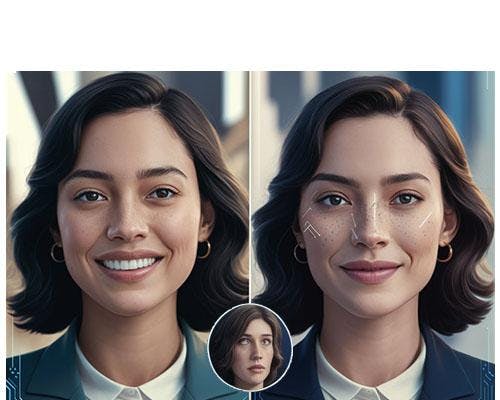How Free Face Swap Tools Are Changing Social Media

Introduction
In the ever-evolving landscape of digital creativity, free tools are shaping how users express themselves online. Among these, face swap free applications have taken social media by storm. From playful memes to personalized content, the rise of accessible face-swapping technology is redefining how people engage with platforms like Instagram, TikTok, and Snapchat. What once required advanced editing skills or costly software can now be achieved with just a few taps on a smartphone.
The Rise of Face Swap Free Tools
Face-swapping is not a new concept, but its accessibility is. In the past, photo and video editing demanded specialized knowledge of software such as Photoshop. Today, face swap free apps and online tools allow anyone, regardless of technical skill, to swap faces with friends, celebrities, or even fictional characters in seconds. The democratization of this technology has fueled viral trends, sparking new waves of creativity across social platforms.
Boosting Engagement on Social Media
One of the key reasons behind the popularity of face swap free tools is their ability to drive engagement. Social media thrives on shareable, entertaining content, and face-swapped images or videos fit perfectly into this ecosystem. Users enjoy the novelty of seeing themselves in unexpected roles whether as movie stars, historical figures, or viral meme characters. The fun factor encourages likes, comments, and shares, giving individuals and brands alike more visibility online.
Creativity Without Boundaries
The biggest advantage of face swap free applications is that they remove barriers to creativity. People no longer need to invest in expensive tools to create eye-catching content. Instead, they can focus on experimenting with ideas. Influencers, marketers, and everyday users are all tapping into these tools to produce humorous, relatable, and sometimes even artistic content. The ease of access promotes experimentation, which is a cornerstone of social media culture.
Impact on Influencers and Marketing
Face swap free technology is also influencing digital marketing. Influencers can use face swaps to engage followers in unique ways, while brands leverage the trend to create viral campaigns. For instance, a beauty brand might invite users to swap faces with models to visualize products on themselves, or entertainment companies may encourage fans to swap faces with characters from movies or TV shows. This interactive approach fosters deeper connections with audiences and makes promotional content more enjoyable.
Ethical Considerations
While face swap free tools are fun, they also raise important ethical questions. The same technology that enables harmless jokes and memes can also be misused to spread misinformation or create misleading content. Deepfake concerns highlight the darker side of face-swapping technology, where realistic manipulations can harm reputations or mislead viewers. To balance creativity with responsibility, platforms are increasingly adding watermarks or guidelines to ensure transparency when face swaps are shared.
The Future of Social Media with Face Swap Free Tools
As artificial intelligence continues to evolve, the capabilities of face swap free applications will expand further. We may see more realistic swaps, integration into live video streaming, and even augmented reality experiences that combine face-swapping with interactive environments. Social media will likely become more immersive, with face swap tools continuing to push the boundaries of digital identity and self-expression.
Conclusion
Face swap free technology has undeniably reshaped social media, making creativity, humor, and engagement more accessible than ever. From casual users to influencers and brands, everyone is finding new ways to interact with audiences through face-swapped content. While ethical concerns remain, the overall impact on digital culture is profound. As these tools become more advanced, they will continue to redefine not just how we entertain ourselves online, but also how we connect, communicate, and express identity in the digital age.

